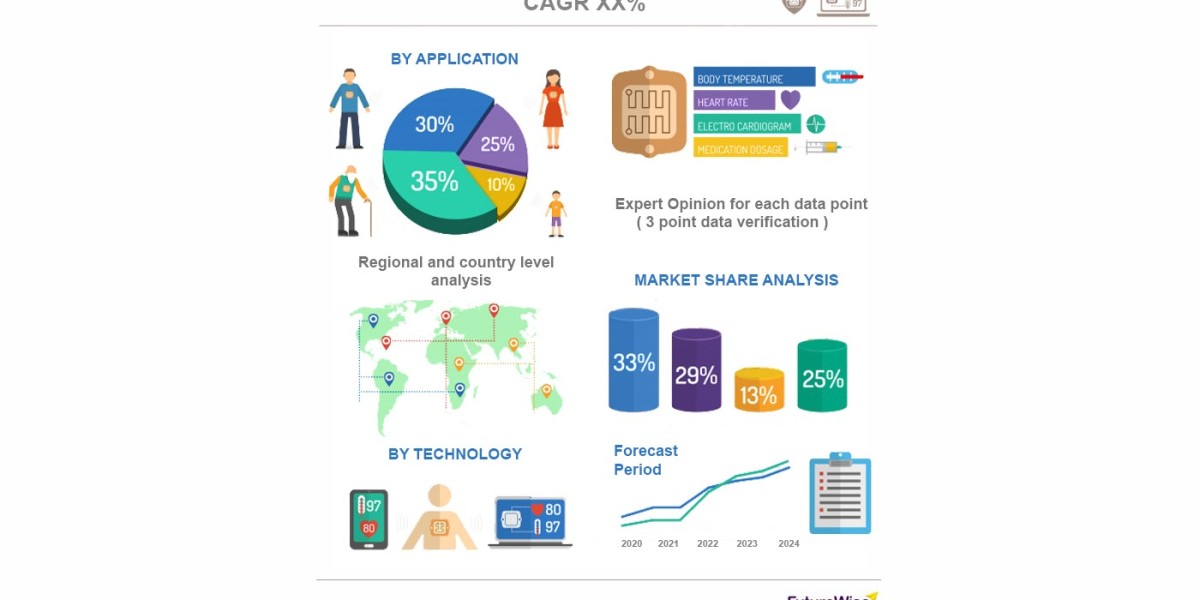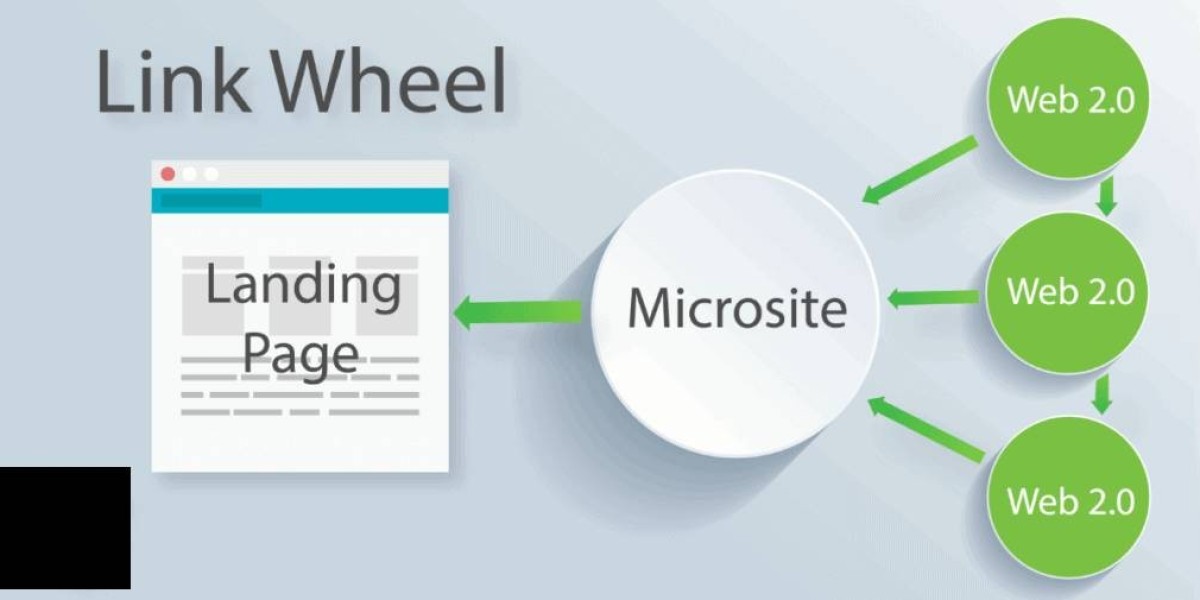In today's digital business landscape, effective communication is crucial for success. However, traditional business phone systems can be expensive and challenging to scale. Virtual numbers provide a cost-efficient alternative, offering businesses flexibility, scalability, and reduced operational expenses. But how do they compare in terms of cost-effectiveness? Let's explore.
Cost Breakdown: Virtual Numbers vs. Traditional Phone Systems
1. Initial Setup and Infrastructure Costs
- Traditional Phone Systems: Require hardware, wiring, on-site PBX (Private Branch Exchange) systems, and installation fees, which can be costly and time-consuming.
- Virtual Numbers: Operate via cloud technology, eliminating the need for physical infrastructure. Setup is quick and affordable, with no hardware investments.
2. Monthly and Maintenance Expenses
- Traditional Systems: Businesses incur monthly line rentals, high call rates, and maintenance costs for PBX systems.
- Virtual Numbers: Typically operate on subscription-based pricing, offering lower monthly fees, unlimited calling plans, and free software updates.
3. International Calling Costs
- Traditional Systems: Long-distance and international calls are often expensive, leading to high operational costs for global businesses.
- Virtual Numbers: Utilize VoIP (Voice over Internet Protocol) technology, drastically reducing international call rates and enabling free internal calls.
4. Scalability and Expansion Costs
- Traditional Systems: Expanding into new markets requires new phone lines, office setups, and significant investments.
- Virtual Numbers: Businesses can instantly acquire local, toll-free, or international virtual numbers without physical presence, making expansion seamless and affordable.
5. Additional Features Without Extra Costs
- Traditional Systems: Features like call forwarding, IVR (Interactive Voice Response), voicemail-to-email, and analytics often come at an additional cost.
- Virtual Numbers: Offer advanced features included in most plans, enhancing efficiency without extra charges.
Conclusion: The Cost-Effective Choice
Virtual numbers significantly reduce communication expenses, making them an ideal solution for businesses aiming to cut costs while expanding globally. With lower setup fees, affordable calling plans, and flexible scalability, they offer a smarter alternative to traditional business phone systems.








